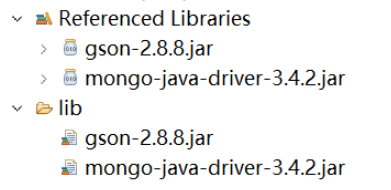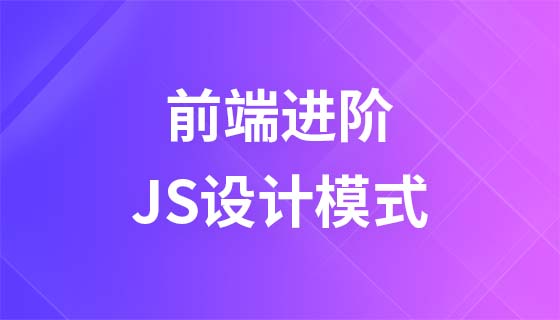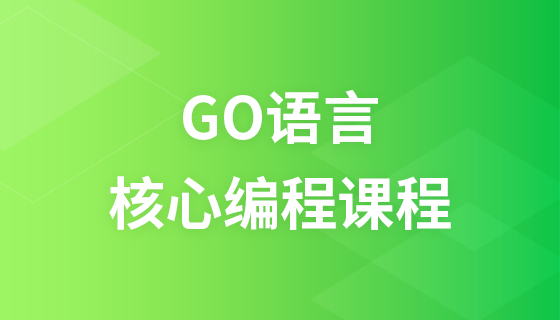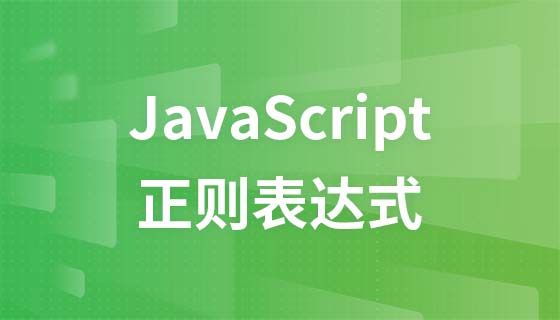Java连接MongoDB的常用方法实例分析
来源:亿速云
时间:2024-04-23 14:45:31 387浏览 收藏
目前golang学习网上已经有很多关于文章的文章了,自己在初次阅读这些文章中,也见识到了很多学习思路;那么本文《Java连接MongoDB的常用方法实例分析》,也希望能帮助到大家,如果阅读完后真的对你学习文章有帮助,欢迎动动手指,评论留言并分享~
一、Java链接MongoDB
1. 导入Mongo驱动包

2. 获取Mongo链接对象
MongoClient mc = new MongoClient("localhost",27017);3. 关闭链接
mc.close();
二、查看库,查看集合
1. 获取库对象
MongoDatabase db = mc.getDatabase("myschool");2. 获取库中表的集合
MongoIterable<String> listCollectionNames = db.listCollectionNames();
MongoCursor<String> iterator = listCollectionNames.iterator();
while (iterator.hasNext()) {
System.out.println(iterator.next());
}三、Java对MongoDB增删改查
1. 添加数据
a. 添加一条数据
//创建对象
Student s = new Student();
s.setSid(1);
s.setSname("王俊凯");
s.setBirthday(new Date());
s.setSsex("男");
s.setClassid(2);
//将数据转换为json格式
Gson gson = new GsonBuilder().setDateFormat("yyyy-MM-dd").create();
String json = gson.toJson(s);
//获取集合对象
MongoCollection<Document> collection = db.getCollection("student");
//添加一条数据,将json格式转换为document对象
collection.insertOne(Document.parse(json));b. 添加多条数据
//存入数据
List<Document> dlist=new ArrayList<Document>();
for(int i=0; i<3; i++){
Student s = new Student();
s.setSid(Integer.toString(i+1));
s.setSname("王源");
s.setBirthday(new Date());
s.setSsex("男");
s.setClassid(1);
//将数据转换为json格式
Gson gson = new GsonBuilder().setDateFormat("yyyy-MM-dd").create();
String json = gson.toJson(s);
dlist.add(Document.parse(json));
}
//获取集合对象
MongoCollection<Document> collection = db.getCollection("student");
//添加多条数据
collection.insertMany(dlist);2. 删除数据
a. 删除一条数据
//获取集合对象
MongoCollection<Document> collection = db.getCollection("student");
Student s = new Student();
s.setSid(1);
Gson gson = new GsonBuilder().setDateFormat("yyyy-MM-dd").create();
Bson bson = Document.parse(gson.toJson(s));
DeleteResult deleteOne = collection.deleteOne(bson);b. 删除多条数据
//获取集合对象
MongoCollection<Document> collection = db.getCollection("student");
Student s = new Student();
s.setSname("王源");
Gson gson = new GsonBuilder().setDateFormat("yyyy-MM-dd").create();
Bson bson = Document.parse(gson.toJson(s));
DeleteResult deleteMany = collection.deleteMany(bson);3. 修改数据
a. 修改一条数据
MongoCollection<Document> collection = db.getCollection("student");
//一个条件对象
Bson eq = Filters.eq("sname","易烊千玺");
//要修改的数据
Document doc = new Document();
doc.put("$set", new Document("age",22));
UpdateResult updateone = collection.updateOne(eq, doc);
System.out.println(updateone);b. 修改多条数据
MongoCollection<Document> collection = db.getCollection("student");
//多条件
Bson bson = Filters.and(Filters.gte("age", 20),Filters.lte("age", 40));
//要修改的数据
Document doc = new Document();
doc.put("$set", new Document("sex","男"));
UpdateResult updateMany = collection.updateMany(bson, doc);
System.out.println(updateMany);4. 查询数据
a. 全查
MongoCollection<Document> collection = db.getCollection("student");
FindIterable<Document> findAll = collection.find();
MongoCursor<Document> iterator = findAll.iterator();
while(iterator.hasNext()){
System.out.println(iterator.next());
}b. 带条件查询
MongoCollection<Document> collection = db.getCollection("student");
//一个条件对象
Bson eq = Filters.eq("sname","易烊千玺");
FindIterable<Document> findOne = collection.find(eq);
MongoCursor<Document> iterator = findOne.iterator();
while(iterator.hasNext()){
System.out.println(iterator.next());
}c. 模糊查询
MongoCollection<Document> collection = db.getCollection("student");
//使用正则表达式进行模糊查找
Bson eq = Filters.regex("sname","易");
FindIterable<Document> find = collection.find(eq);
MongoCursor<Document> iterator = find.iterator();
while(iterator.hasNext()){
System.out.println(iterator.next());
}d. 分页查询
MongoCollection<Document> collection = db.getCollection("student");
//分页查询
FindIterable<Document> find = collection.find().skip(2).limit(3);
MongoCursor<Document> iterator = find.iterator();
while(iterator.hasNext()){
System.out.println(iterator.next());
}e. 排序查询
MongoCollection<Document> collection = db.getCollection("student");
//排序查询 1升序 -1降序
Bson bson = new Document("sid",1);
FindIterable<Document> find = collection.find().sort(bson);
MongoCursor<Document> iterator = find.iterator();
while(iterator.hasNext()){
System.out.println(iterator.next());
} 本篇关于《Java连接MongoDB的常用方法实例分析》的介绍就到此结束啦,但是学无止境,想要了解学习更多关于文章的相关知识,请关注golang学习网公众号!
声明:本文转载于:亿速云 如有侵犯,请联系study_golang@163.com删除
相关阅读
更多>
-
501 收藏
-
501 收藏
-
501 收藏
-
501 收藏
-
501 收藏
最新阅读
更多>
-
111 收藏
-
373 收藏
-
404 收藏
-
462 收藏
-
121 收藏
-
329 收藏
-
258 收藏
-
378 收藏
-
298 收藏
-
307 收藏
-
263 收藏
-
450 收藏
课程推荐
更多>
-

- 前端进阶之JavaScript设计模式
- 设计模式是开发人员在软件开发过程中面临一般问题时的解决方案,代表了最佳的实践。本课程的主打内容包括JS常见设计模式以及具体应用场景,打造一站式知识长龙服务,适合有JS基础的同学学习。
- 立即学习 543次学习
-

- GO语言核心编程课程
- 本课程采用真实案例,全面具体可落地,从理论到实践,一步一步将GO核心编程技术、编程思想、底层实现融会贯通,使学习者贴近时代脉搏,做IT互联网时代的弄潮儿。
- 立即学习 516次学习
-

- 简单聊聊mysql8与网络通信
- 如有问题加微信:Le-studyg;在课程中,我们将首先介绍MySQL8的新特性,包括性能优化、安全增强、新数据类型等,帮助学生快速熟悉MySQL8的最新功能。接着,我们将深入解析MySQL的网络通信机制,包括协议、连接管理、数据传输等,让
- 立即学习 500次学习
-

- JavaScript正则表达式基础与实战
- 在任何一门编程语言中,正则表达式,都是一项重要的知识,它提供了高效的字符串匹配与捕获机制,可以极大的简化程序设计。
- 立即学习 487次学习
-

- 从零制作响应式网站—Grid布局
- 本系列教程将展示从零制作一个假想的网络科技公司官网,分为导航,轮播,关于我们,成功案例,服务流程,团队介绍,数据部分,公司动态,底部信息等内容区块。网站整体采用CSSGrid布局,支持响应式,有流畅过渡和展现动画。
- 立即学习 485次学习
